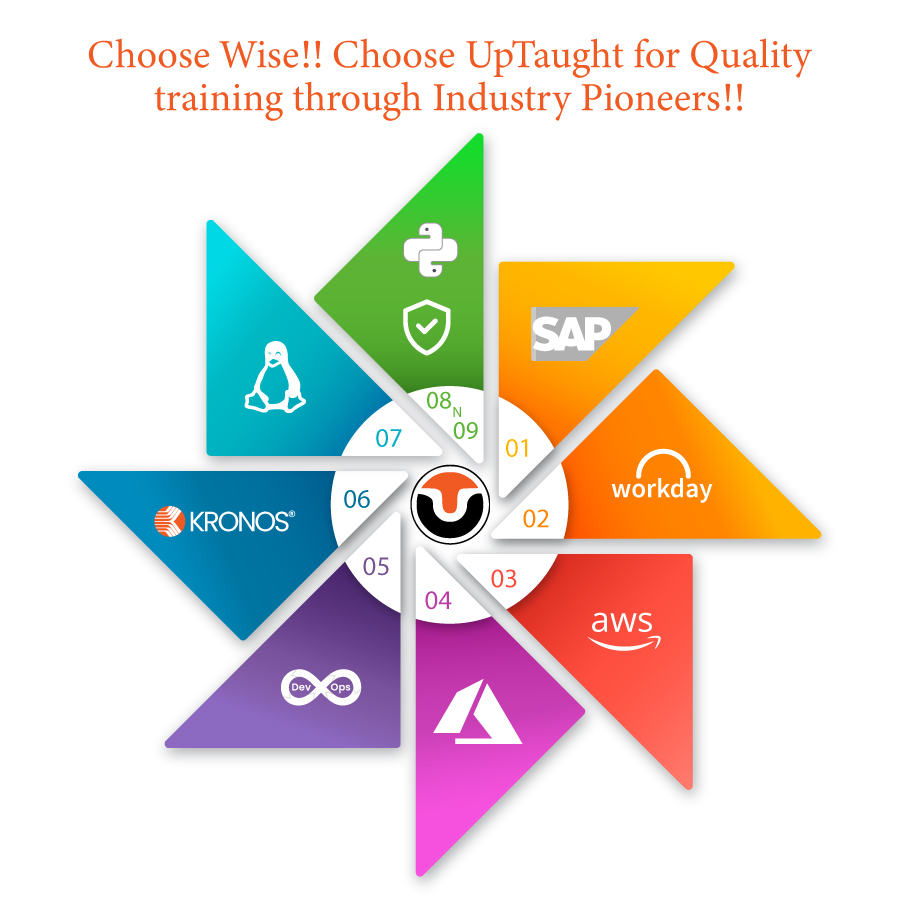ABAP is a high-level programming language developed by SAP to assist major organizations in customizing the SAP ERP, including financial accounting, materials management, asset management, and all other SAP modules. NetWeaver, SAP’s current development platform, supports both ABAP and Java. Advanced Business Application Programming is abbreviated as ABAP. SAP’s proprietary programming language is based on the 4 GL language standard, which means it’s a fourth-generation language.
As SAP purchased many clouds, non-ABAP-based solutions, and oriented existing products towards the cloud in the early 2010s, many developers wondered if ABAP would become increasingly obsolete. The language was given fresh life with the introduction of
SAP S/4HANA, and more crucially, ABAP in the Cloud, prompting many to exclaim “ABAP is not dead.” Programmers entered the second part of the decade knowing how to utilize ABAP to write code for
SAP S/4HANA, SAP Business Technology Platform, and other systems.
Click here to know more
SAP created ABAP specifically for large-scale data processing. Its structure is comparable to that of the COBOL programming language. ABAP has a number of advantages: Database access, for example, is built right into the language as Open SQL, eliminating the need for separate libraries.
SAP S/4HANA 1909 is built on the most up-to-date technical platform, the ABAP Platform 1909. It is included with SAP S/4HANA 1909 and is no longer available as a standalone product (unlike SAP NetWeaver AS ABAP).
Want to know more? Click here
The AS ABAP, the ABAP Development Tools in Eclipse, and other components required to run SAP S/4HANA make up the ABAP platform. Core Data Services, Business Object Processing Framework (BOPF), and OData are all used in modern ABAP development.
ABAP code can be used to modify any SAP solution, from R/1 to SAP S/4HANA. While some solutions, such as SAP Business One and SAP Ariba, as well as acquired products like SAP Concur and SAP SuccessFactors, are written in other languages, ABAP will still be used when these systems interface with an ABAP-based SAP ERP or SAP S/4HANA system.
Bottom line:
That’s all for today. If you want to enroll in SAP ABAP, then visit our website.
Thanks for reading!





